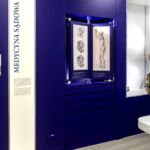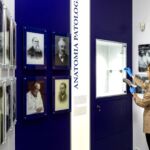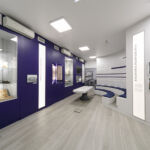Ladies and Gentlemen, this Saturday, 14th May, from 7:30 p.m. to 1:00 a.m., we extend a warm invitation to join us for the Long Night of Museums at the WUM Museum of the History of Medicine. This event offers a unique opportunity to explore a modern museum and educational space while delving into the mysteries of the human body at the “Anatomical Theatre of the 21st Century.” Continuing the traditions of European anatomical theatres, this arrangement promises an enlightening experience.
During the Long Night of Museums, we have an exciting line-up of activities and presentations. One of the highlights is a captivating 3D multimedia show accompanied by an anatomy lesson conducted by WUM ArsMedica students. We will also feature a film titled “Milestones,” which delves into the captivating history of anatomy.
In addition to these main attractions, we are delighted to offer the following:
Workshops:
- “Anatomy Lesson” – A multimedia show utilizing advanced 3D technology.
- “Spontaneous Rescue” – A first aid workshop covering wound dressing and CPR. Hosted by students from IFMSA-Poland Warsaw Branch.
Stands:
- “Health under Control” (Operated by students from IFMSA-Poland Warsaw Branch)
- Activities related to healthy nutrition, blood pressure and sugar measurement, DKMS registration, and cancer prevention self-monitoring.
Lectures:
- 20:30: Dr Hanna Pliszka will deliver a lecture on “Anatomy and Pathology in Paintings from the Collection of the Pinacoteca of Milan.” Dr Pliszka, an anthropologist at the Department of Normal and Clinical Anatomy at the Medical University of Warsaw, specializes in human biology, anatomy, and paleopathology. Through her studies of human remains, she unravels mysteries from the past.
- 21:30: Aleksandra Hyży will present on “Food and Health through the Ages – What Was on Our Plates.” Aleksandra Hyży is a dietitian and a PhD student at the Department of Education and Research in Health Sciences, WUM. She is currently completing an additional Master’s degree in Public Health. Her primary research interests revolve around health education, health promotion, and communication.
Join us for an engaging and informative Long Night of Museums as we delve into the fascinating world of human anatomy and its historical significance.
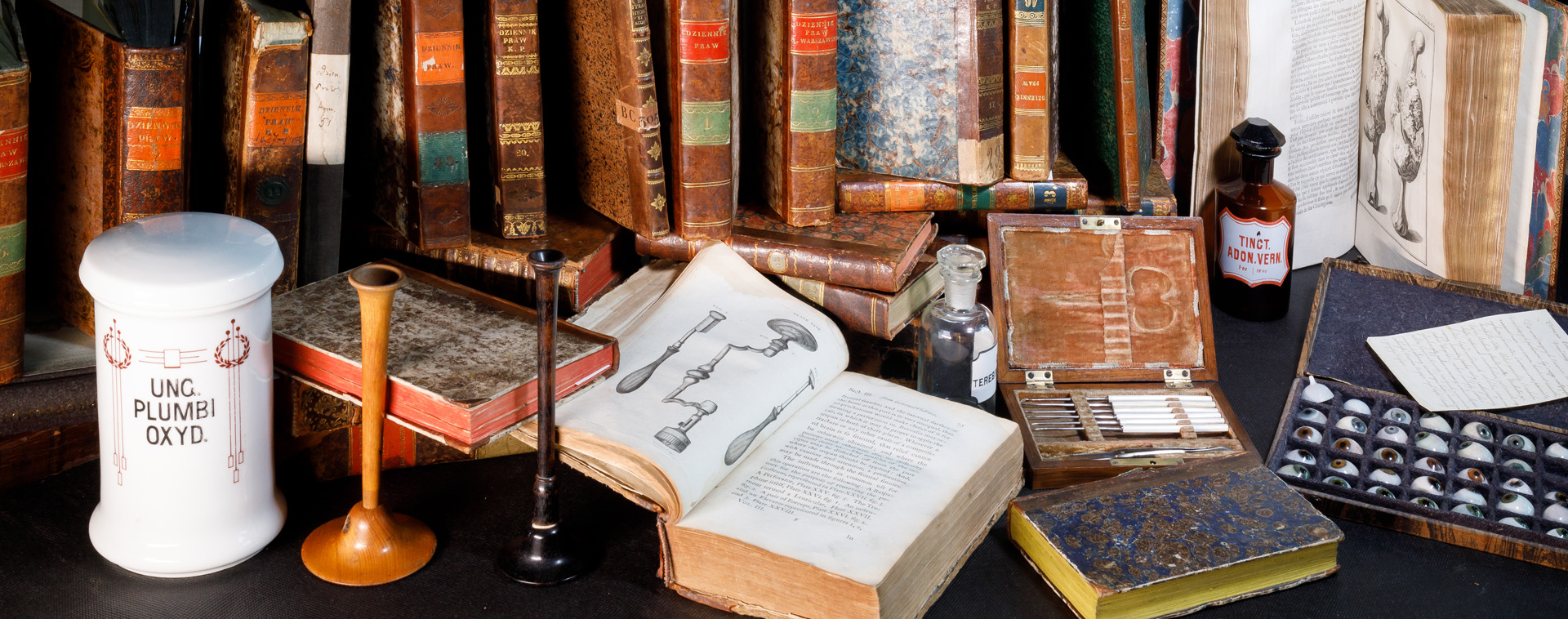
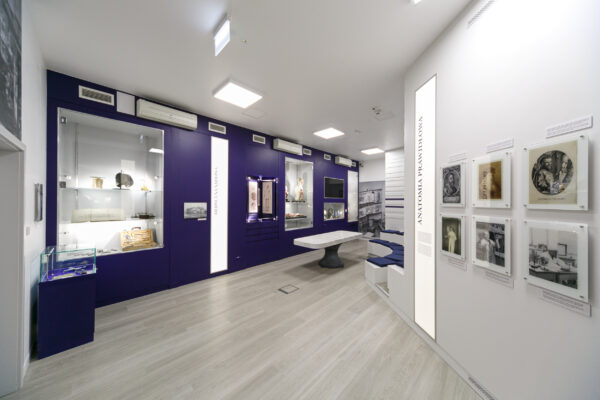
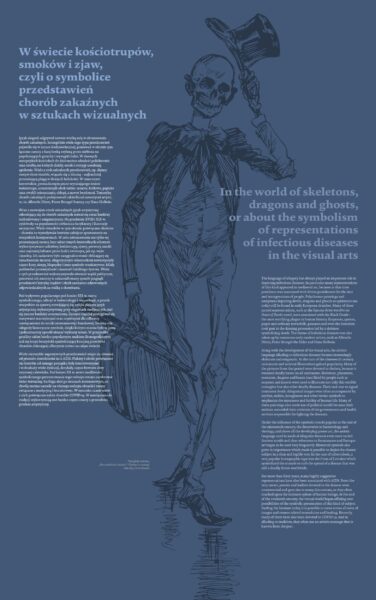 We would like to present our new online exhibition entitled “In the world of skeletons, dragons and ghosts, or about the symbolism of representations of infectious diseases in visual arts.” Due to the current epidemiological situation, it is currently only available in the virtual world, but after returning to normality (we hope as soon as possible), we invite you to see it at the Medical University of Warsaw – in the Library and Information Center.
We would like to present our new online exhibition entitled “In the world of skeletons, dragons and ghosts, or about the symbolism of representations of infectious diseases in visual arts.” Due to the current epidemiological situation, it is currently only available in the virtual world, but after returning to normality (we hope as soon as possible), we invite you to see it at the Medical University of Warsaw – in the Library and Information Center.